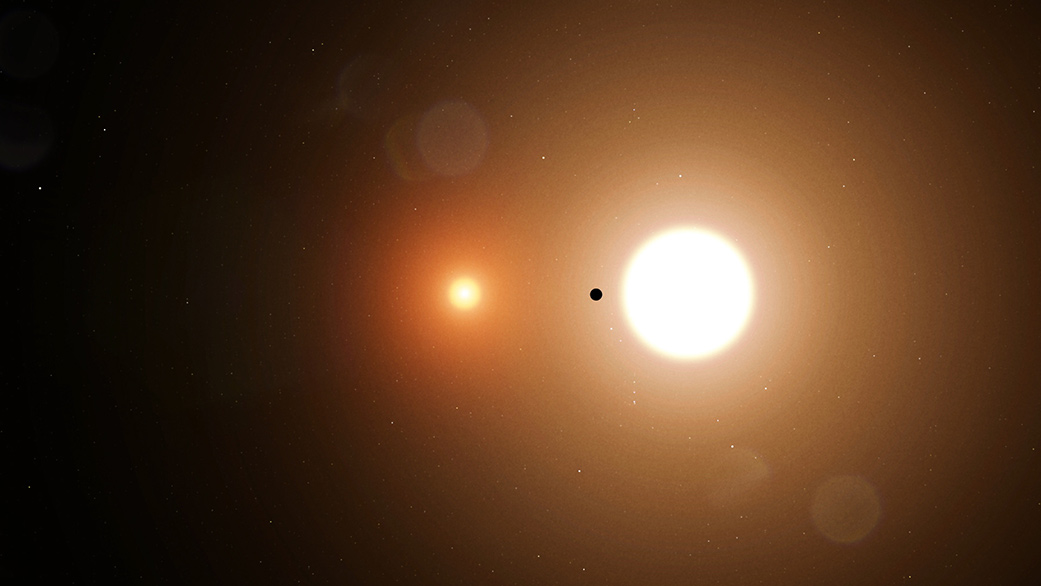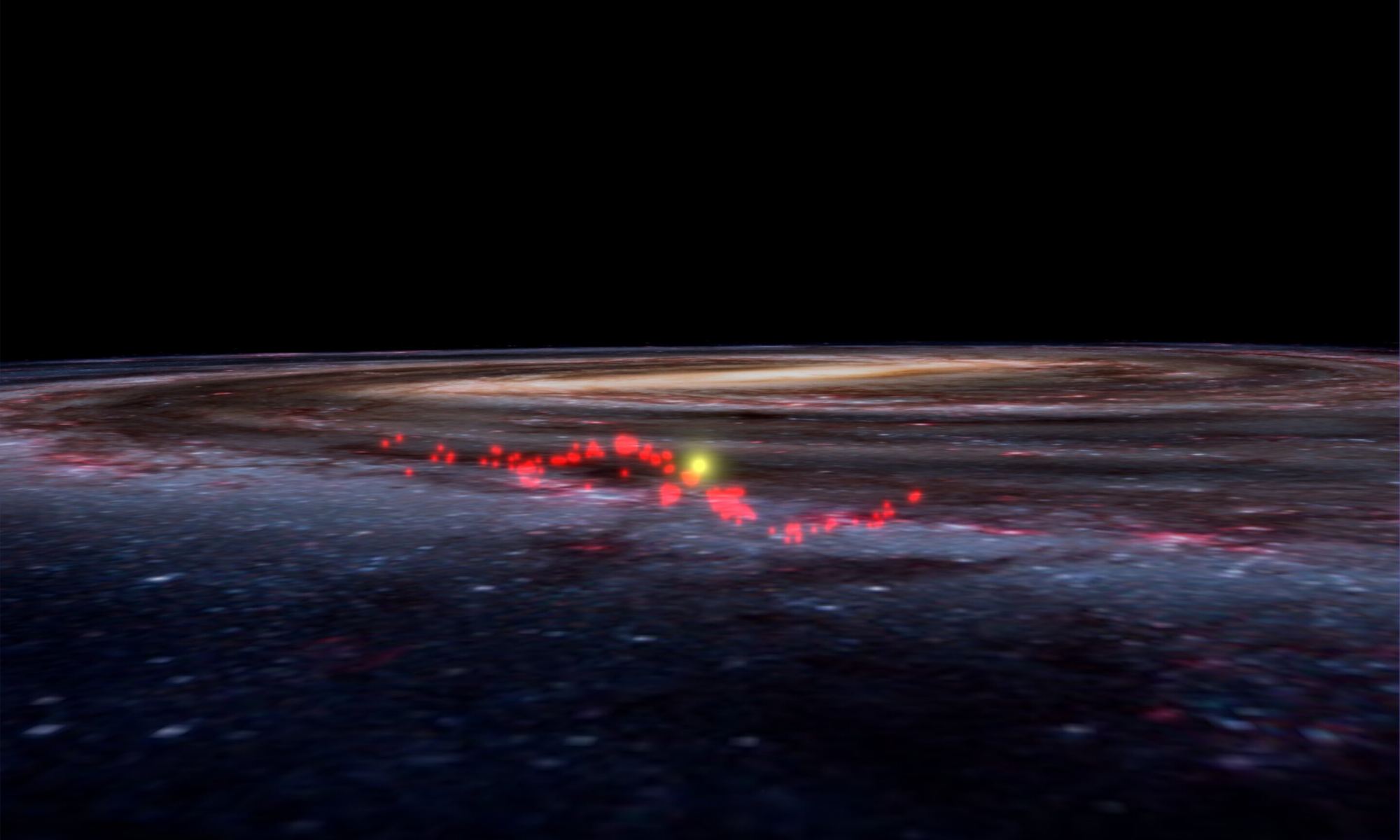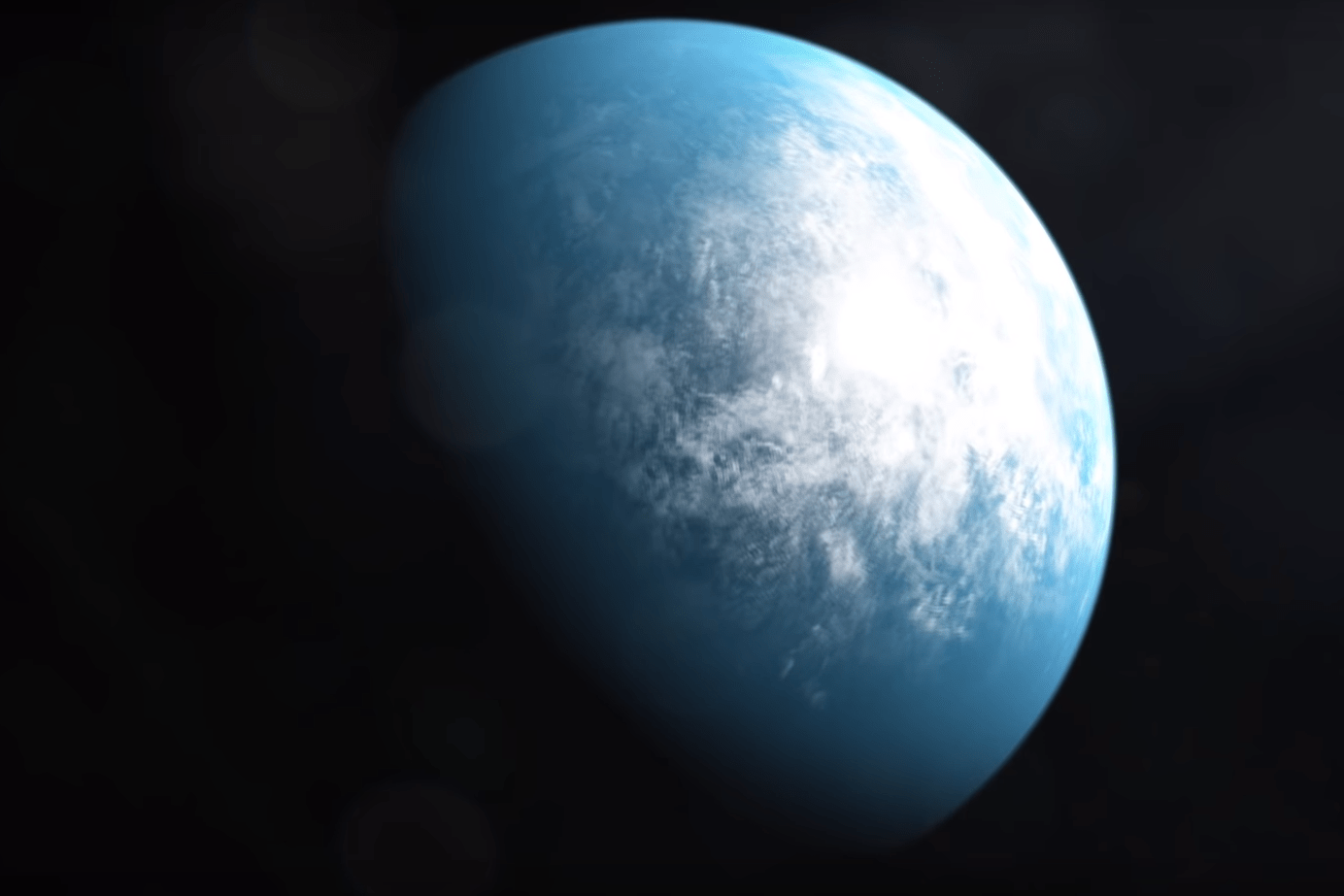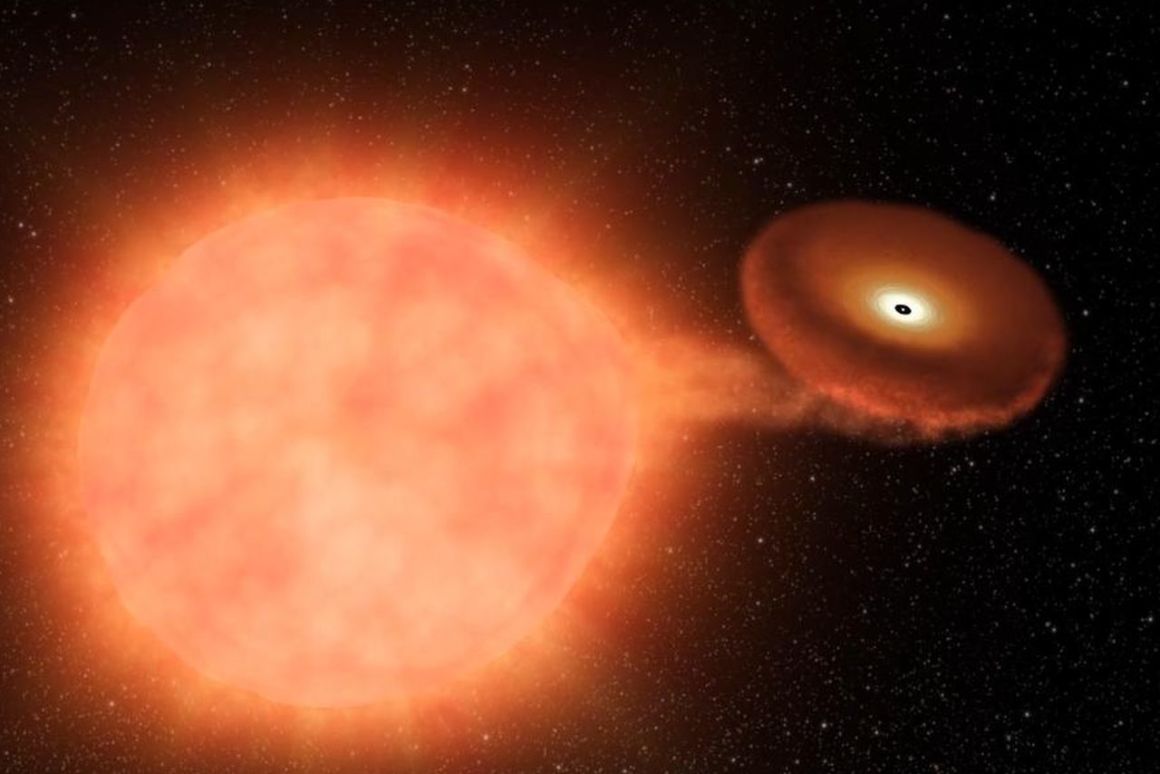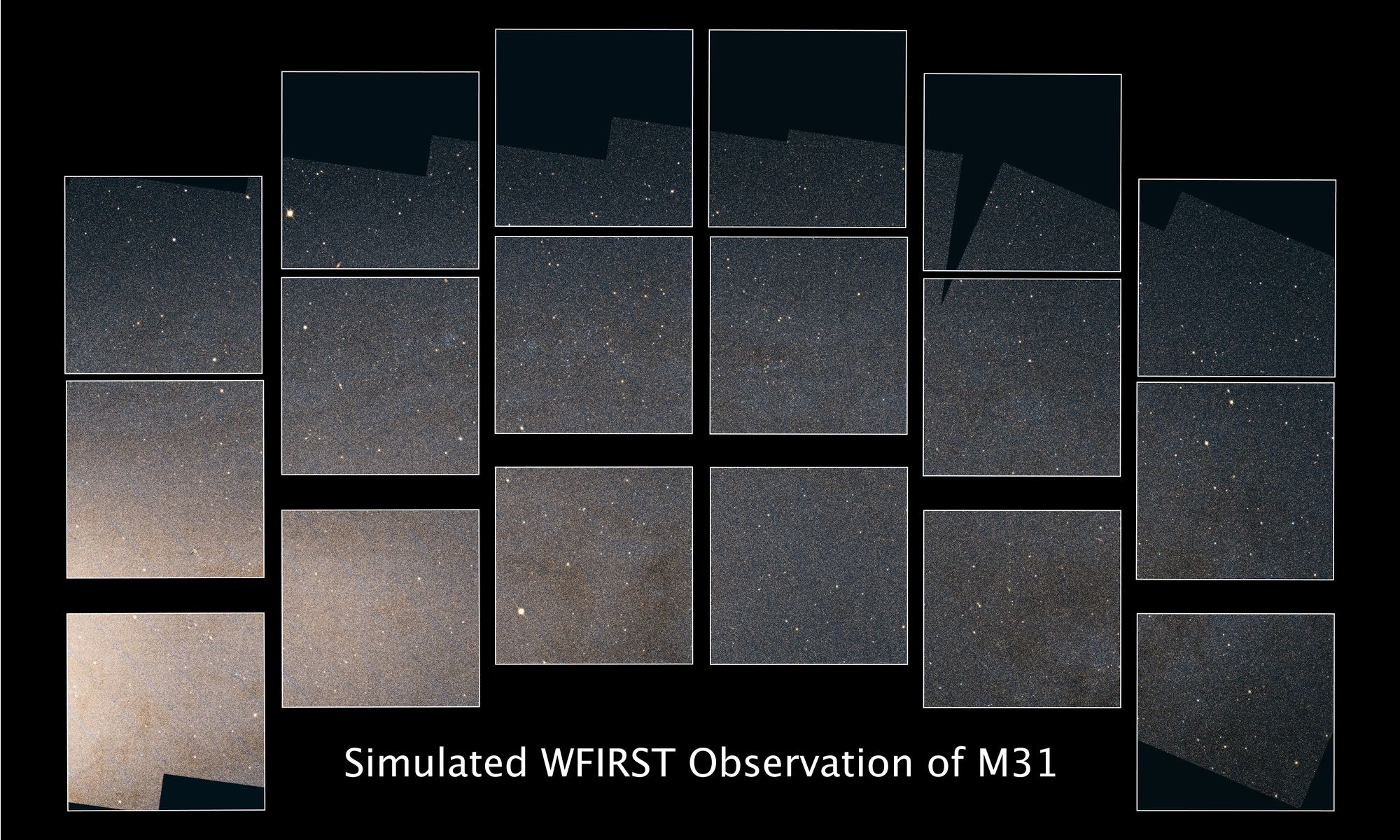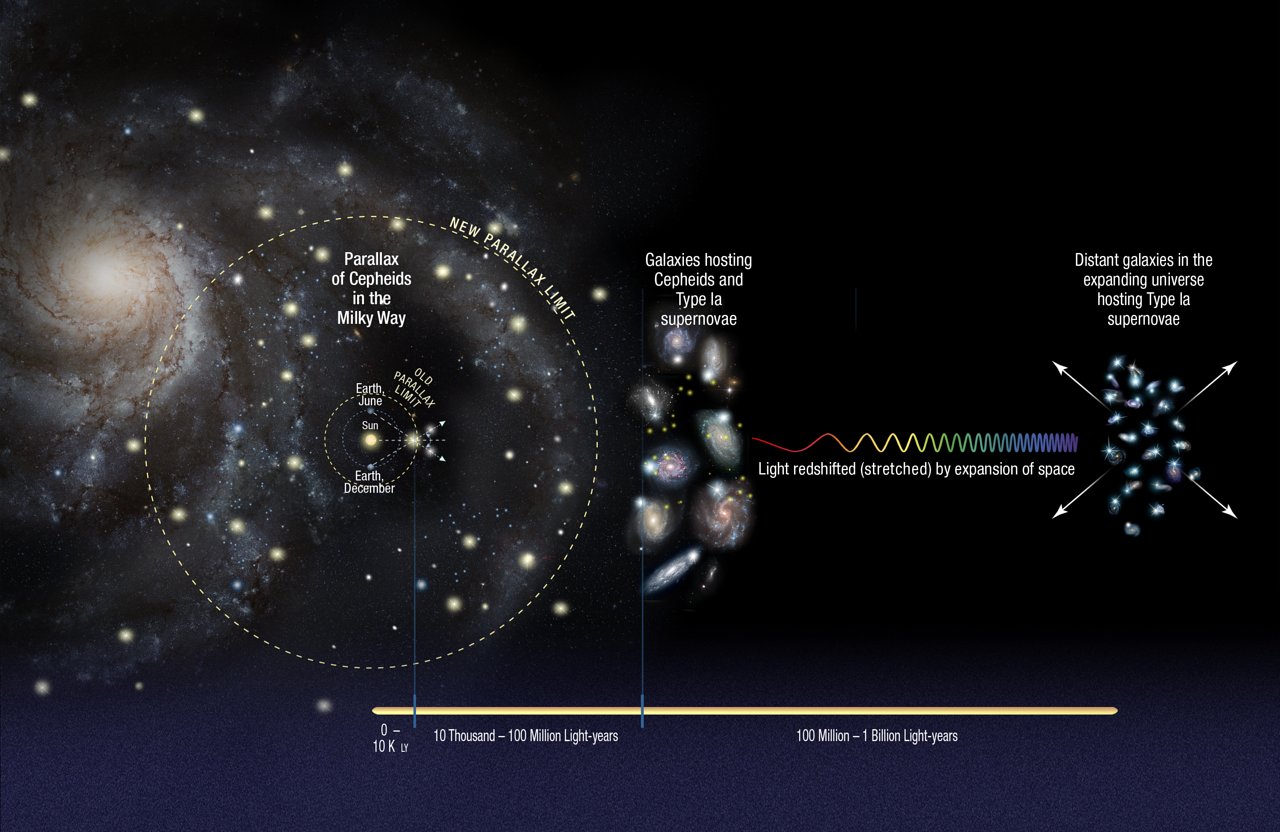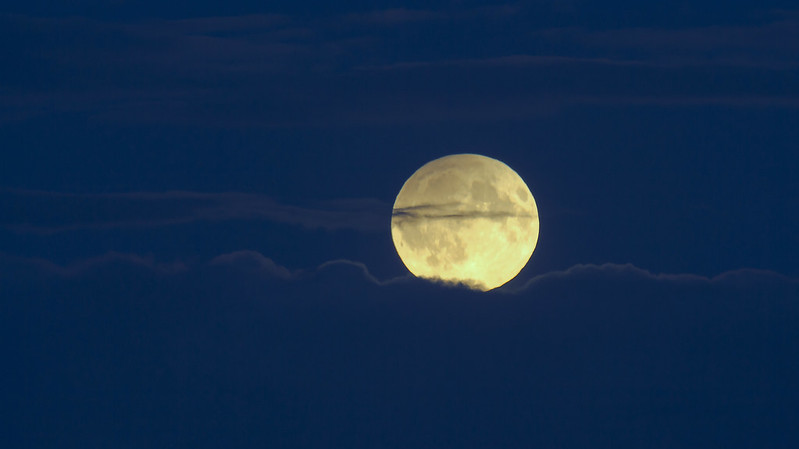When it takes to space in 2025, the Wide-Field Infrared Survey Telescope (WFIRST) will be the most powerful observatory ever deployed, succeeding the venerable Hubble and Spitzer space telescopes. Relying on a unique combination of high resolution with a wide field of view, WFIRST will be able to capture the equivalent of 100 Hubble-quality images with a single shot and survey the night sky with 1,000 times the speed.
In preparation for this momentous event, astronomers at NASA’s Goddard Space Flight Center have been running simulations to demonstrate what the WFIRST will be able to see so they can plan their observations. To give viewers a preview of what this would look like, NASA’s Goddard Space Flight Center has shared a video that simulates the WFIRST conducting a survey of the neighboring Andromeda Galaxy (M31).
Continue reading “This Simulation Shows what We’ll be Able to See with WFIRST”
